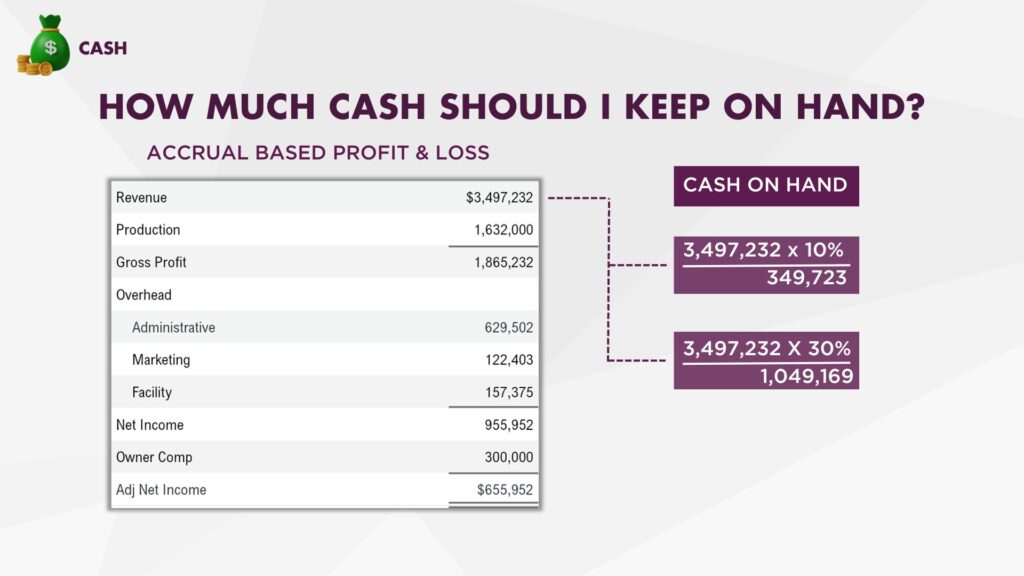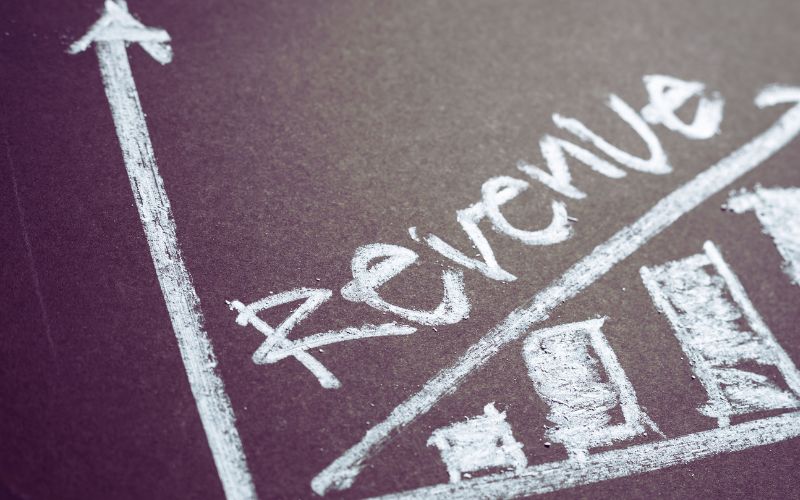Paying your employees, keeping the lights on, and staying within your line of credit: If you want to stay in business, you need to stay on top of cash flow. It doesn’t matter how many contracts you have signed or customers you have rushing through your doors, if you don’t have enough money to cover your expenses today. It also doesn’t matter if you have a huge amount of money in your bank account, if you’re about to get hit by a shortfall next month.
As money flows in and out of a business, the cash inflows need to exceed the cash outflows. That’s when we talk about profit. But the timing of that flow is equally important — and that’s why we need cash flow forecasting, to tell us: Will there be future moments when cash is low? If so, what can we do to prepare?
But this isn’t all doom and gloom: Sometimes liquidity is high. In those moments, we want to avoid overspending: just because you see the money in your account, doesn’t mean it’s there to use. This is the time to work on optimizing excess cash, for example by building up cash reserves to the recommended 10-30% of annual revenue — to help protect against unexpected expenses and prepare for a potential downturn.

This kind of balanced approach is at the heart of effective cash flow management: You use concrete information (rather than your gut!) to improve the financial health of your business.
To avoid cash flow problems, we recommend that business owners create and monitor short- and long-term forecasts.
Managing Cash Flow: Short-Term
Do you have large accounts payable coming due? Is there an extra payroll this month? Do you owe your bank a payment?
If you want to know whether you have enough cash to pay vendors, employees, or lenders, look no further than your short-term forecast. Focused on a rolling 6-12 week period, short-term forecasting is a real-time glimpse at current expenses and income. Check this forecast weekly to avoid cash flow issues.
Managing Cash Flow: Long-term
Can you buy a new piece of equipment? Expand your office footprint? Hire more employees? The answer to these questions is in your long-term forecast, a 1-5 year rolling projection looking at your future cash position. Review this forecast monthly — or any time you are considering a major capital expenditure.
Cash Flow Management Strategies
If you’re facing a temporary cash shortage, you can address it by adjusting the timing around accounts receivable and payable. Depending on your vendor terms, you could delay making a payment while you wait for a client check to clear.
But long-term, healthy cash flow won’t come from these one-offs. You may also be able to negotiate longer payment terms with trusted vendors or decide to stop prepaying certain bills (if the upside isn’t good enough).
As CFOs, we recommend a holistic approach to cash flow management that considers every facet of the business. For example, if you are a service-based business, can you decrease accounts receivable (AR) days? Maybe clients pay invoices within 60 days from the issue date, but you could modify payment terms down to 15 or 30 days instead, or you could collect a larger downpayment at the start of a project.
How to Get Started with Proper Cash Flow Management
A cash flow forecast starts with a cash flow statement: a record of what has happened to your cash in the past. While financial statements utilize net income (and therefore don’t show where cash is going on its own), cash flow statements paint a picture of what happened to your cash by combining the balance statement and the income statement.
Cash flow is part science, part art. Once you have the data in front of you, you can decide the best way forward. Are your issues short- or long-term (or both)? You may determine that you need to stop pre-paying certain bills, collect invoices quicker, or even change how you price and bill. You can determine specific steps you can take to increase cash flow in order to meet business goals.
To find out more about the mistakes businesses make when forecasting, how you can use your forecast to scenario plan, and how to determine how much cash your business needs in reserve, download our booklet “The Role of Dynamic Forecasting in Ensuring Business Growth”.
If you’d like to learn how we help our clients develop cash flow forecasts, check out our virtual CFO services. If you’d rather jump on a call to discuss your cash flow needs with a virtual CFO, you can schedule a consultation below.







